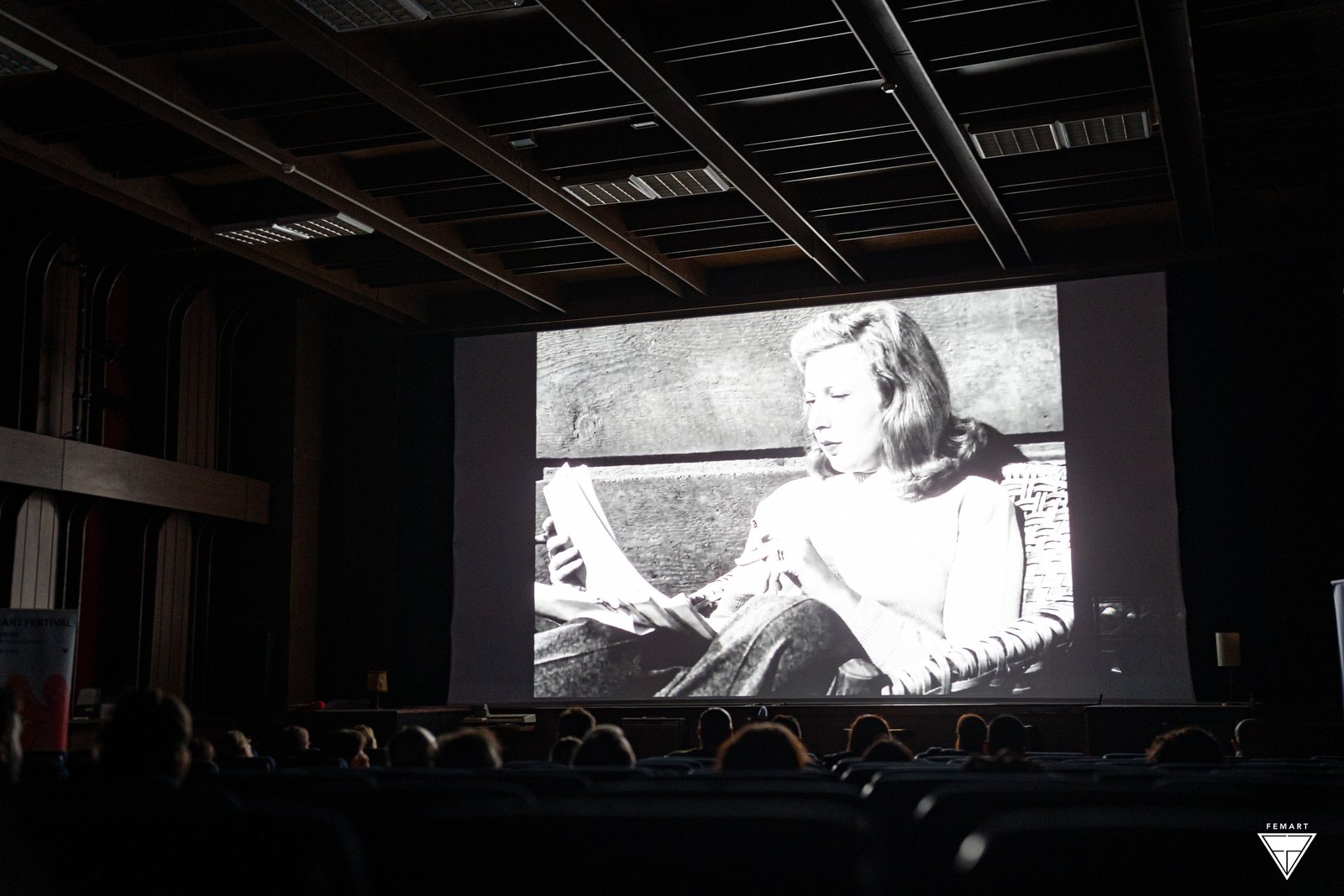By Shqipe Malushi
Day three of FemArt Festival 12 opened with a powerful message: the importance of amplifying women’s voices, breaking the boundaries of identity, and opening hearts and minds to diversity and gender equality, fostering deeper empathy along the way.
In “Trained to See: Three Women and the War,” director Luzia Shmidt delivers an extraordinary portrayal of courage, resilience, and empathy through an emotionally profound and visually stunning lens. This film, from a uniquely female perspective, is unlike any other I’ve seen. It captures the strength and humanity of three pioneering women with raw, unapologetic clarity.
As World War II neared its end, for the first time in history, women journalists were granted access to report directly from the frontlines. Their voices brought a previously unseen depth, forever changing how we understand war.
“At the end of 1943, while the British government accredited nearly 500 reporters to cover the Normandy invasion, not a single woman was among them. However, the Americans, progressive for their time, recognized the power of leading publications and allowed female journalists press credentials for the first time in history. On the frontlines of WWII, war reporters Martha Gellhorn, Margaret Bourke-White, and Lee Miller repeatedly crossed paths in war-torn cities like Cologne, Leipzig, and Munich.” https://www.newdocs.de/trained-to-see-three-women-and-the-war/
The film began as one might expect—with scenes of military invasions, bombings, and unimaginable destruction. Yet it quickly shifted into something more profound when the female voices of these three journalists began sharing their stories. Each of them followed their passion for photojournalism, becoming some of the first women to document war from 1943 until the liberation in 1945.
Their work brought us face to face with some of the most harrowing images of human suffering I’ve ever seen photographs of bombings, of lives shattered, of men, women, and children slaughtered. These images stirred painful memories for me, especially of the wars I’ve witnessed in my lifetime—Kosovo, Afghanistan, Iraq, Lebanon. The refugee camps, the hunger, the heartbreaking loss of family—these memories flooded back as I watched.
As much as I admired the courage of these women, I couldn’t help but wrestle with conflicting emotions. Why would anyone, especially a woman, choose to photograph such violence—knowing that those bombs were raining death on people below? Margaret Bourke-White’s photos of “liberation” made me question: what kind of liberation are we celebrating when the aftermath is piles of corpses, stripped of identity, loaded onto trucks? How can we reconcile the image of Americans bathing in Hitler’s tubs, drinking his wine, while so many lay dead nearby?
The notion of liberation felt hollow in the face of so much destruction. Yet, the film masterfully conveyed the brutal reality of war—its unforgiving sacrifice, the insatiable hunger for power, and the devastating human cost. These women were heroines, not just for their bravery, but for the passion they poured into their work, grounded in ethics and empathy for the people they documented. The film is a poignant reminder that true peace comes from compassion, understanding, and the relentless pursuit of truth.
All three women sacrificed their personal lives to reveal the truth of war. The film was heartbreakingly beautiful, each moment filled with sadness and humanity. Sitting beside my German friend, we both wept, deeply touched by the painful memories of war’s atrocities. Overwhelmed, she needed to leave, seeking solace in the quiet of the park to reflect. I stayed, thinking about how the wars of the past never truly ended. Reconstruction may begin, but new wars rise from the ashes, and new victims are caught in the crossfire.
As the film ended, I was left with the heartbreaking truth: while these three brave women, Martha Gellhorn, Margaret Bourke-White, and Lee Miller, may have left their indelible mark on history, the wars continue. And so, does the cycle of destruction, business, and death, leaving us with a haunting question—when will it ever end?

